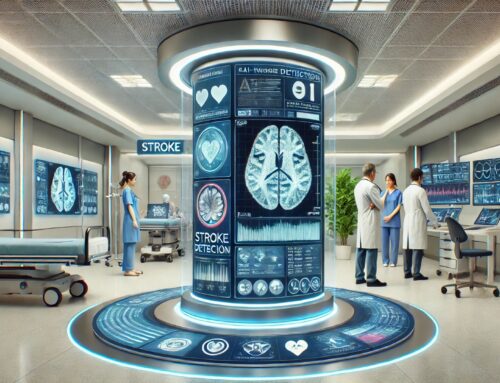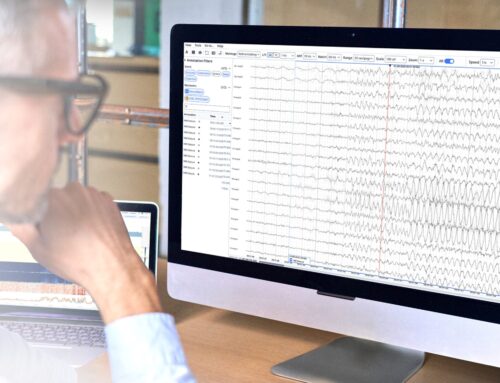Study indicates comparable image quality to conventional protocols at 64% of the original dose using Samsung’s GM85 Mobile System with S-Vue™ Image Engine
DANVERS, Mass.–A study in the American Journal of Roentgenology (AJR) shows that low-dose protocols for digital radiography (DR) in the neonatal intensive care unit (NICU) using Samsung’s GM85 mobile DR system with S-Vue™ Image Engine can deliver comparable image quality at up to a 36% lower dose. Mobile radiography is the most common imaging modality used in NICUs, and the study shows the potential to impact dose levels delivered to neonatal patients.
“While it is always the goal to have ionizing radiation doses be as low as reasonably achievable, it is especially critical to do so with premature infants because of how sensitive they are to radiation,” said Dr. Jung-Eun Cheon, Pediatric Radiologist, an author of the study. “This study shows that using the Samsung GM85 with S-Vue, appropriate kVp, mAs, filter and advanced denoising image processing can reduce the radiation dose by up to 36% compared to a conventional system. Technologists are always balancing radiation dose and image quality, so this study has large implications for hospitals and the NICU patients they care for because it shows that it’s actually possible to achieve a comparable image using a lower-dose protocol.”
Seoul National University Hospital conducted the Samsung-sponsored prospective, randomized, controlled, blinded, two-armed single-center study, which enrolled 40 neonatal patients between July and December 2017. An initial phantom study set-up a dose protocol for the GM85 system that was equivalent to another, conventional mobile DR system. Afterwards, researchers designed three different exposure protocols using GM85 that showed 100% equivalent dose (protocol A), 80% equivalent dose (protocol B), and 64% equivalent dose (protocol C) compared with the conventional protocol.
Study participants underwent whole-body radiography with one GM85 protocol and the conventional protocol on the other device. Scans on Samsung’s GM85 used S-Vue™, a noise-reduction algorithm that estimates the actual noise distribution in the image and converts coarse-grain noise to fine-grain noise.
Results showed that the low-dose protocols of both 80% and 64% “were statistically noninferior to the conventional protocol with respect to overall image quality,” and the 80% dose had better overall image quality than the conventional protocol.
“The Seoul National University Hospital study confirms our dedication to bringing meaningful technology to neo-nates, the most vulnerable patient population,” said Jerry Watts, Director, Digital Radiography Business at NeuroLogica. “Lowering dose without lowering quality using the GM85 with S-Vue is being proven globally, and we could not be more excited.”
The study is available for pre-print now, and will publish in AJR’s August 2020 issue.
Samsung will be highlighting the GM85 and S-Vue™ Image Engine at the AHRA Virtual Annual Meeting from August 11-13.
NeuroLogica, the healthcare subsidiary of Samsung Electronics Co., Ltd., develops, manufactures, and markets innovative imaging technologies and is committed to delivering fast, easy and accurate diagnostic solutions to healthcare providers. NeuroLogica, the global corporate headquarters and manufacturer of mobile computed tomography, is also the US headquarters for sales, marketing and distribution of all Samsung digital radiography and ultrasound systems. NeuroLogica’s growing portfolio of advanced medical technologies is used worldwide in leading healthcare institutions helping providers enhance patient care, improve patient satisfaction, and increase workflow efficiency.












